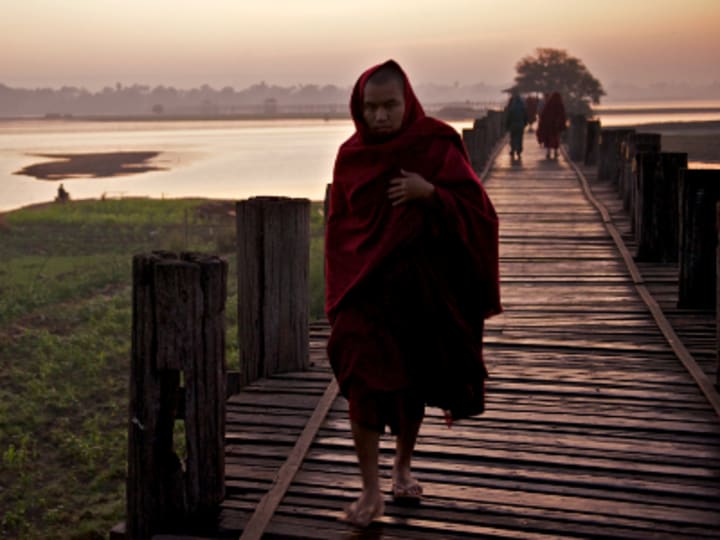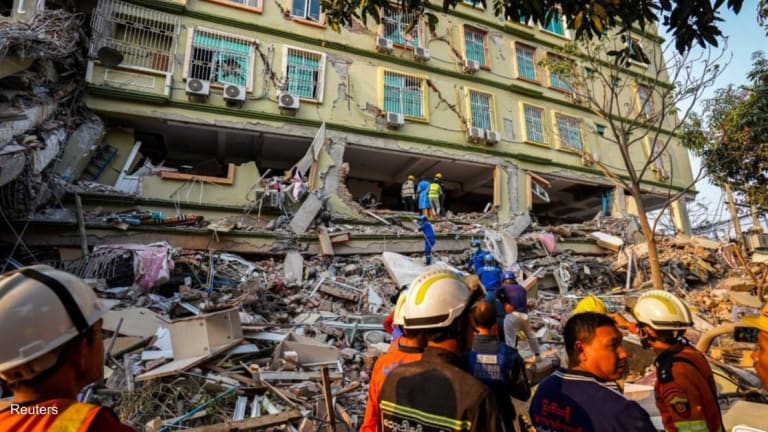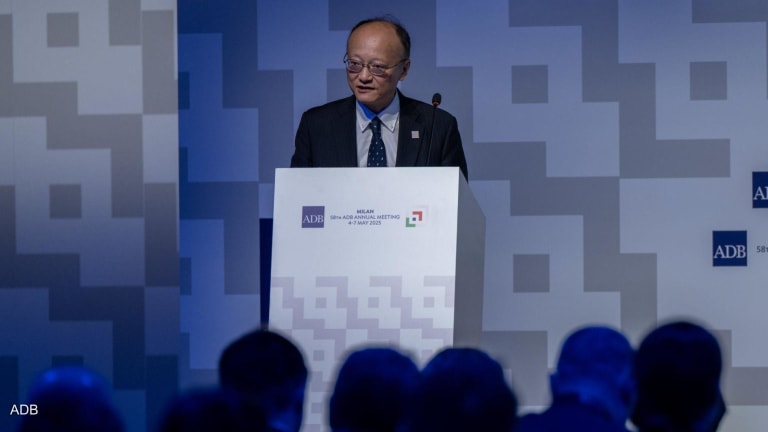
By 2016, Myanmar will have a fourth international airport — in Hanthawaddy. This is the hope of the Myanmarese government, and it has made a pitch to investors to make it all happen.
The airport is needed to handle what the government expects to be an influx of tourists with the country moving ahead with its political reforms. Since early this year, international sanctions against Myanmar have eased, with bilateral donors like Australia resuming and increasing aid to the country and multilateral financing agencies such as the Asian Development Bank now contemplating fully restarting their operations there.
ADB stopped providing assistance to Myanmar in 1988. It is reportedly expecting to resume lending to the Southeast Asian nation within a year.
Such a decision hinges foremost on the ability of Myanmar to settle its arrears with ADB, which currently amount to nearly $500 million. Myanmar also has outstanding debts of some $393 million with the World Bank. Both lenders have been conferring with the government on how to settle these unpaid debts.
Several ideas have been floated to help Myanmar clear its arrears with the two banks. They include tapping government reserves, creating a new loan to reschedule debts and establishing a trust fund, or a combination of these, which Myanmar may discuss in a proposed meeting with donor countries in about three months.
One major donor, however, has its hands tied due to legalities. The U.S. Treasury Department is prevented by law from giving ADB and the World Bank the green light on providing more aid to Myanmar.
“Were we to put something to the board, the U.S. still because of the sanctions that are in place would have to vote against it,” Stephen Groff, ADB vice president for East Asia, Southeast Asia and the Pacific, recently told Bloomberg. “There is very little benefit for all of us to bring something to the board that the U.S. has to publicly declare they don’t support.”
Of the 67 ADB shareholders, the United States and Japan hold the most voting power with 12.82 percent each, according to the bank’s 2011 annual report. China is next with 5.47 percent, while European nations combine for 17.04 percent.
Groff believes the United States may cave in from pressure from other donor nations, which he said “are very keen for [ADB and the World Bank] to move forward” in providing greater assistance to Myanmar. But passing legislation to repeal statute on U.S. aid to Myanmar may be a long shot given that it’s an election year, and history indicates that few lawmakers would want to advocate before an election a proposal that would cost money.
In case ADB does get the go-ahead from its board to fully re-engage Myanmar, which sectors will it invest in?
Groff, who was in Myanmar last week for a four-day visit, provided clues in his July 3 op-ed for the Bangkok Post. Two areas: connectivity and capacity.
He noted that despite the country being rich in energy resources — oil and gas reserves and renewables — only a quarter of the population have access to electricity. Myanmar, he added, could become “a virtual breadbasket” with proper land management.
The biggest driver of economic growth could prove to be the transport sector. Myanmar is a natural land bridge between South and Southeast Asia, presenting it with the potential to become a trade conduit between China, India and members of the Association of Southeast Asian Nations. But first, it has to develop roads and border crossings as well as establish regulations and procedures for transporting goods and people between regions.
Groff cautions against concentrating only on developing physical infrastructure. All of Myanmar’s development plans will falter unless there’s sufficient investment in human capital and capacity building of public officials, particularly on assessing projects and priorities that reflect the public’s best interests.
Currently, ADB has people on the ground continuing to conduct assessments that will inform how its future assistance to Myanmar will shape up. It reportedly has opened an office in Yangon and is eyeing deploying three full-time staff members in August, plus another official in Naypyidaw.
Read A road less traveled for an in-depth analysis of future donor priorities in Myanmar. Read more development aid news online, and subscribe to The Development Newswire to receive top international development headlines from the world’s leading donors, news sources and opinion leaders — emailed to you FREE every business day.




